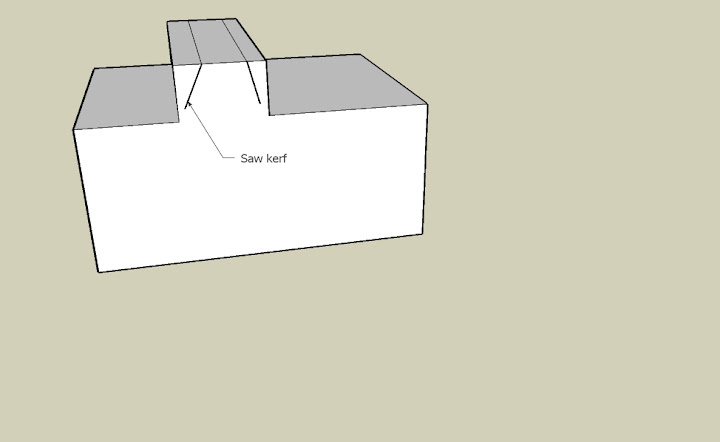MikeG.
Established Member
Steve Maskery":xi4gkeq0 said:And personally I would try to keep the flare and my wedges as fine as is possible consistent with doing the job.PerranOak":xi4gkeq0 said:I'm astonished at the width of some of the wedges.
S
I'm with you two. I was incredulous about the size of the flare in the photo that Mark T posted, but kept quiet in case the way I had done it through trial and error was wrong!!! So long as the glue sticks, (and it is long-grain to long-grain, so it should stick well), any taper or flare at all will lock that joint solid.
Mike


































